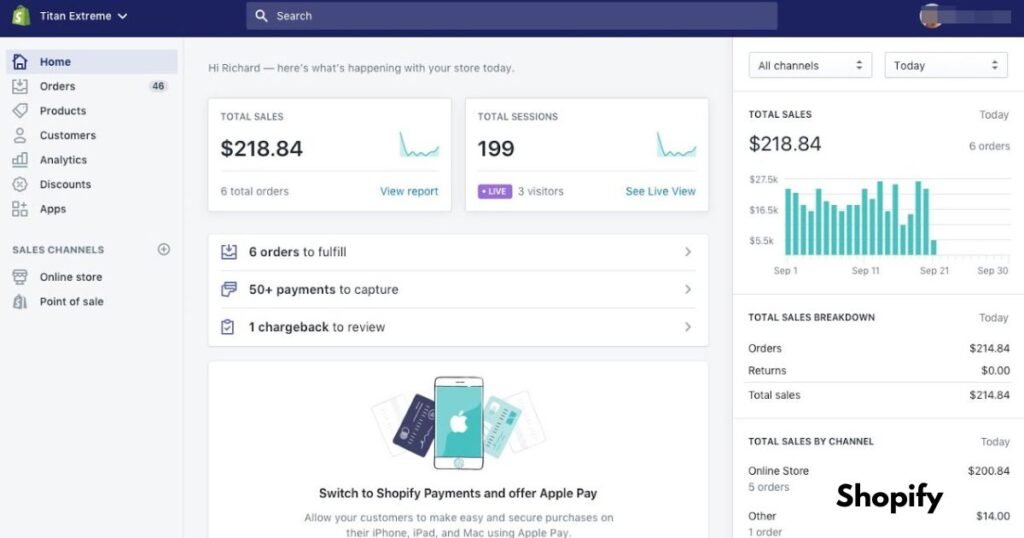Managing finances effectively is essential for any Shopify store owner. Clearing accounts is a crucial part of keeping your financial records accurate and ensuring smooth operations. Here’s a step-by-step guide to help you in Clearing Accounts for Shopify and keep your finances in check.
1. Understand Your Clearing Accounts for Shopify
A clearing account is used to temporarily hold funds during transactions, such as payments, refunds, or adjustments. It helps to match incoming and outgoing payments with your store’s accounting system. Knowing how and when to clear these accounts ensures accurate financial reporting.
2. Connect Your Shopify Store with an Accounting Tool
To streamline the process, connect your Shopify store to an accounting software like QuickBooks, Xero, or Wave. These tools integrate with Shopify and automatically sync your transactions, making it easier to track and manage your clearing accounts.
3. Review Your Transactions Regularly
Regularly check your Shopify transaction history to ensure that all payments, refunds, and fees are correctly recorded. Pay attention to discrepancies and identify transactions that have not been cleared from your clearing account.
4. Reconcile Your Clearing Accounts
Reconciliation involves matching the transactions in your clearing account with your actual bank statements or payment processors like PayPal. Check that the amounts align and ensure any pending payments are accounted for. This step is crucial for accurate financial reporting.
5. Adjust for Fees and Refunds
Shopify stores often incur fees for transactions, shipping, or apps. Ensure that these fees are recorded separately and deducted from the clearing account balance. Similarly, if you’ve processed any refunds, update your records to reflect these adjustments.
6. Clear Your Balances Periodically
At regular intervals (weekly, bi-weekly, or monthly), clear out your clearing accounts by transferring the balances into the appropriate accounts. This will help keep your books organized and prevent your clearing account from accumulating unnecessary balances.
7. Generate Financial Reports
Once your clearing accounts are up to date, generate financial reports to evaluate your store’s performance. Shopify’s built-in reports, along with your accounting software, can help you track sales, refunds, fees, and taxes, providing a clear picture of your business’s financial health.
Conclusion
By following these 7 simple steps, you can master Clearing Accounts for Shopify and maintain accurate financial records. Clearing your accounts regularly helps you stay organized, track your transactions effectively, and make informed business decisions.
For more information visit Clearing Accounts for Shopify

